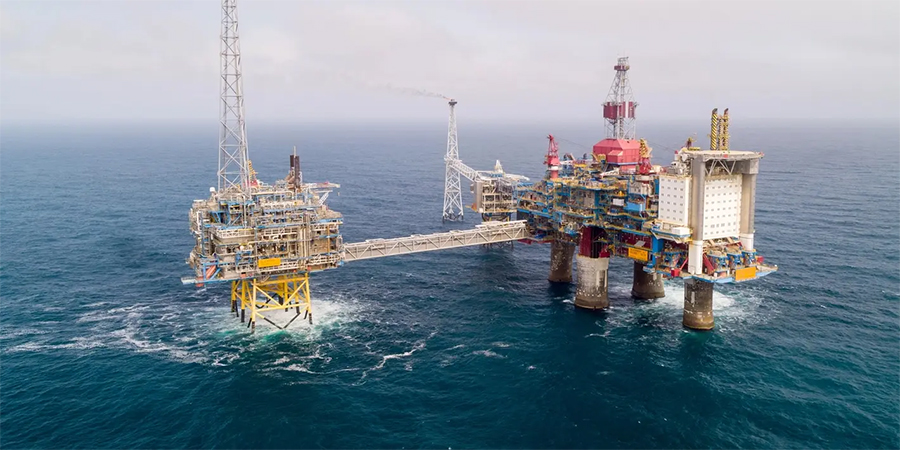The Sleipner field centre, in conjunction with the Gudrun platform and other associated fields, has commenced partial operations powered from shore, marking a significant step towards reducing annual emissions from the Norwegian continental shelf by 160,000 tonnes of CO2.
All installations on the Utsira High are now benefitting from power supplied from shore, resulting in emissions savings equivalent to approximately 1.2 million tonnes of CO₂ per year. This electrification initiative aligns with the plan for development and operation for Johan Sverdrup phase 2, which received approval from the Norwegian parliament in 2019.

Geir Tungesvik, executive vice president for projects, drilling, & procurement, underscores the importance of electrification, stating, “Electrification is the most effective tool in our toolbox in our quest to achieve the national target of halving greenhouse gas emissions from Norwegian oil and gas production by 2030.”
At the Sleipner A platform, one of two operative gas turbines will gradually be decommissioned as systems transition to utilising power from shore. The remaining gas turbine will serve as a backup power source during an initial transition period, with plans for full operation on power from shore in the longer term.
Since March 24, 2024, the Sleipner field centre has been supplied with onshore power via a cable from the Gina Krog platform, while the Gudrun platform has been connected to electricity through the existing cable to Sleipner.
Kjetil Hove, executive vice president for Exploration & Production Norway, highlights the significance of this milestone, stating, “With power from shore, we can develop new discoveries and resources from low-emission production, and gas exports from the area can be maintained for a long time to come.”
As among the largest gas producers in the North Sea, the Sleipner fields serve as a crucial hub for gas transport to Europe, contributing to the EU’s energy transition goals. The electrification of these fields not only facilitates more efficient utilisation of gas resources but also creates employment opportunities and positive ripple effects for the Norwegian supply industry.
Investments in the electrification project total NOK 1.08 billion, with key contracts awarded to Aibel and NKT for engineering, procurement, construction, installation, and commissioning work. The project has generated 250 full-time equivalents at Aibel’s Stavanger office, offshore, and at the shipyard in Haugesund, further underscoring its positive impact on local employment and economic growth.
For more information visit www.equinor.com













